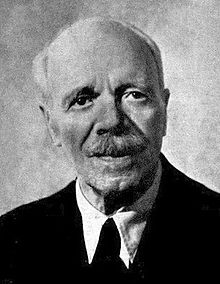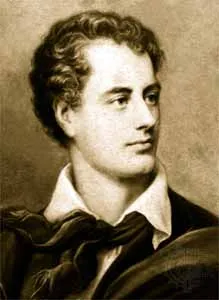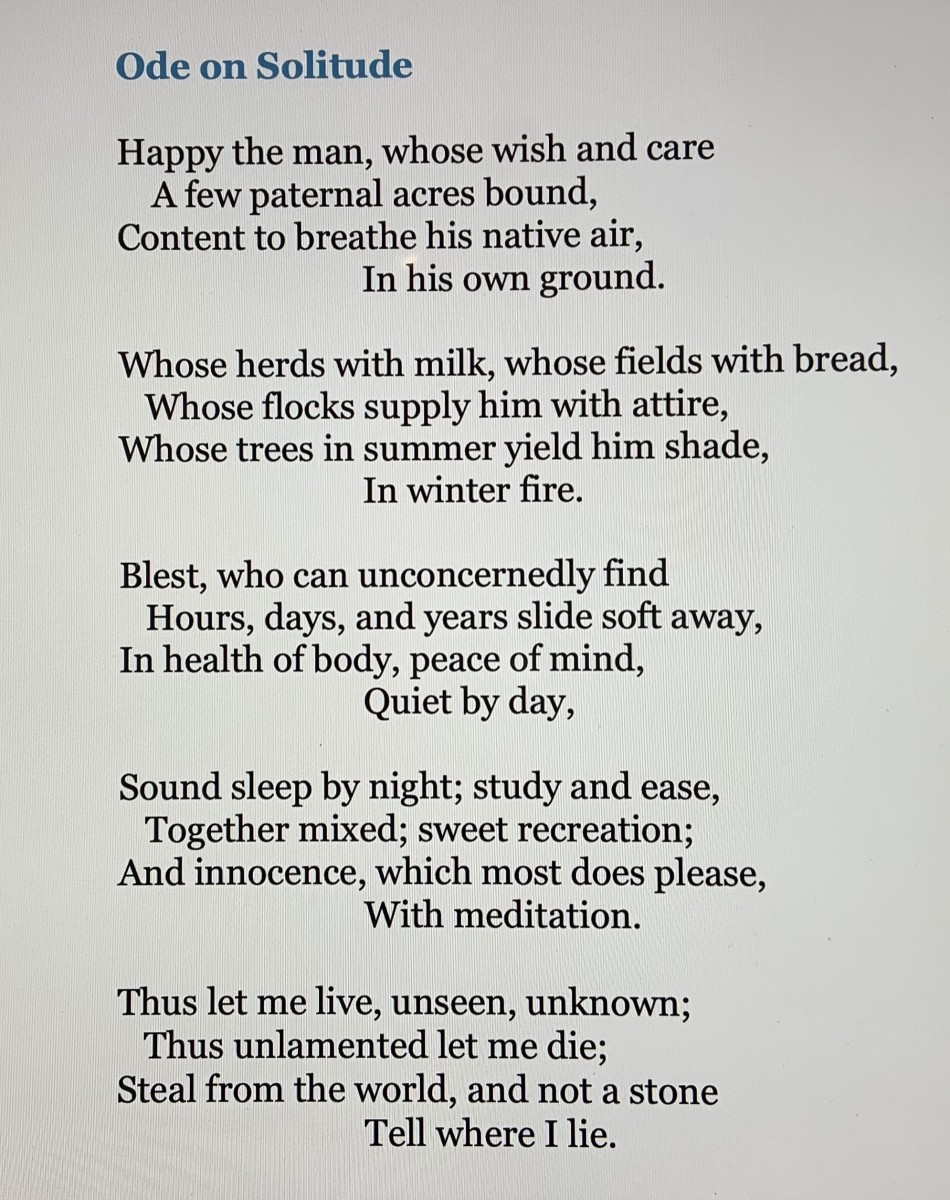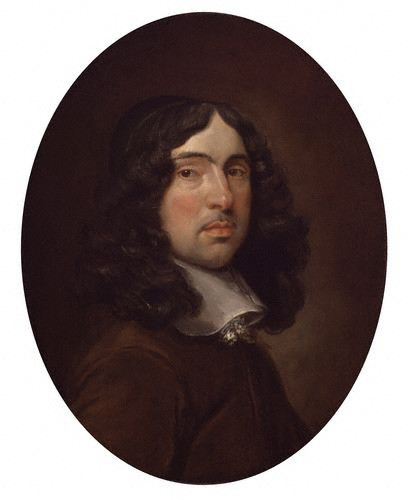Welcome to my Blog,
This blog is created as part of my B.A. studies. This blog is more than a digital journal; it's a dynamic tapestry where ideas, reflections, and the vibrant hues of learning converge.
Thomas Hardy
Thomas Hardy, a renowned British novelist and poet, was born on June 2, 1840, in Higher Bockhampton, Dorset, England, and passed away on January 11, 1928, in Dorchester, Dorset. Initially trained as an architect, Hardy eventually turned to writing, starting with poetry before venturing into prose. His literary landscape often revolved around the fictional county of Wessex, depicted in many of his novels. "Under the Greenwood Tree" (1872) marked the beginning of his novelistic journey, followed by the successful "Far from the Madding Crowd" (1874), and subsequent works like "The Return of the Native" (1878), "The Mayor of Casterbridge" (1886), "Tess of the D’Urbervilles" (1891), and "Jude the Obscure" (1895).
Hardy's novels are characterized by stoical pessimism and a portrayal of life's inevitable tragedies. Despite facing backlash for their divergence from Victorian morality, his works gained enduring popularity due to their accessible style, romantic plots, and well-crafted characters. Hardy's disillusionment with public reception, particularly the criticism of "Jude the Obscure," led him to abandon novel writing. He returned to his poetic roots with collections like "Wessex Poems" (1898), "Poems of the Past and the Present" (1901), and "The Dynasts" (1910), a grand poetic drama centered around the Napoleonic Wars. Hardy's contribution to literature continues to be celebrated for its rich diversity, compelling characters, and exploration of the complexities of human existence.
Far from the Madding Crowd
"Far from the Madding Crowd" by Thomas Hardy is a classic novel that follows the tumultuous romantic journey of Bathsheba Everdene. At the outset, Bathsheba is a beautiful young woman without wealth. She meets Gabriel Oak, a young farmer, and saves his life, but rejects his marriage proposal as she does not love him. Bathsheba inherits her uncle's farm and moves to Weatherbury.
Gabriel, facing misfortune on his own farm, meets Bathsheba again when he seeks work in Weatherbury. After rescuing a local farm from fire, Bathsheba hires him as a shepherd. As she manages her farm, Bathsheba encounters Mr. Boldwood, her wealthy neighbor, and playfully sends him a valentine with a marriage proposal. Boldwood becomes obsessed with her, becoming her second suitor.
Later, Bathsheba meets Sergeant Troy, a charming soldier with a troubled past. Unaware of Troy's previous involvement with Fanny Robin, Bathsheba marries him against Gabriel's disapproval. Troy, haunted by Fanny's death, disappears and is believed to have drowned. Boldwood, still pursuing Bathsheba, becomes more insistent.
When Troy reappears, chaos ensues. Boldwood, in a fit of jealousy, shoots Troy dead after Bathsheba has reluctantly agreed to marry him. Boldwood is sentenced to life in prison. Ultimately, Bathsheba, now a widow, finds her way back to Gabriel, and they marry, marking the conclusion of this gripping tale of love, tragedy, and redemption.


















